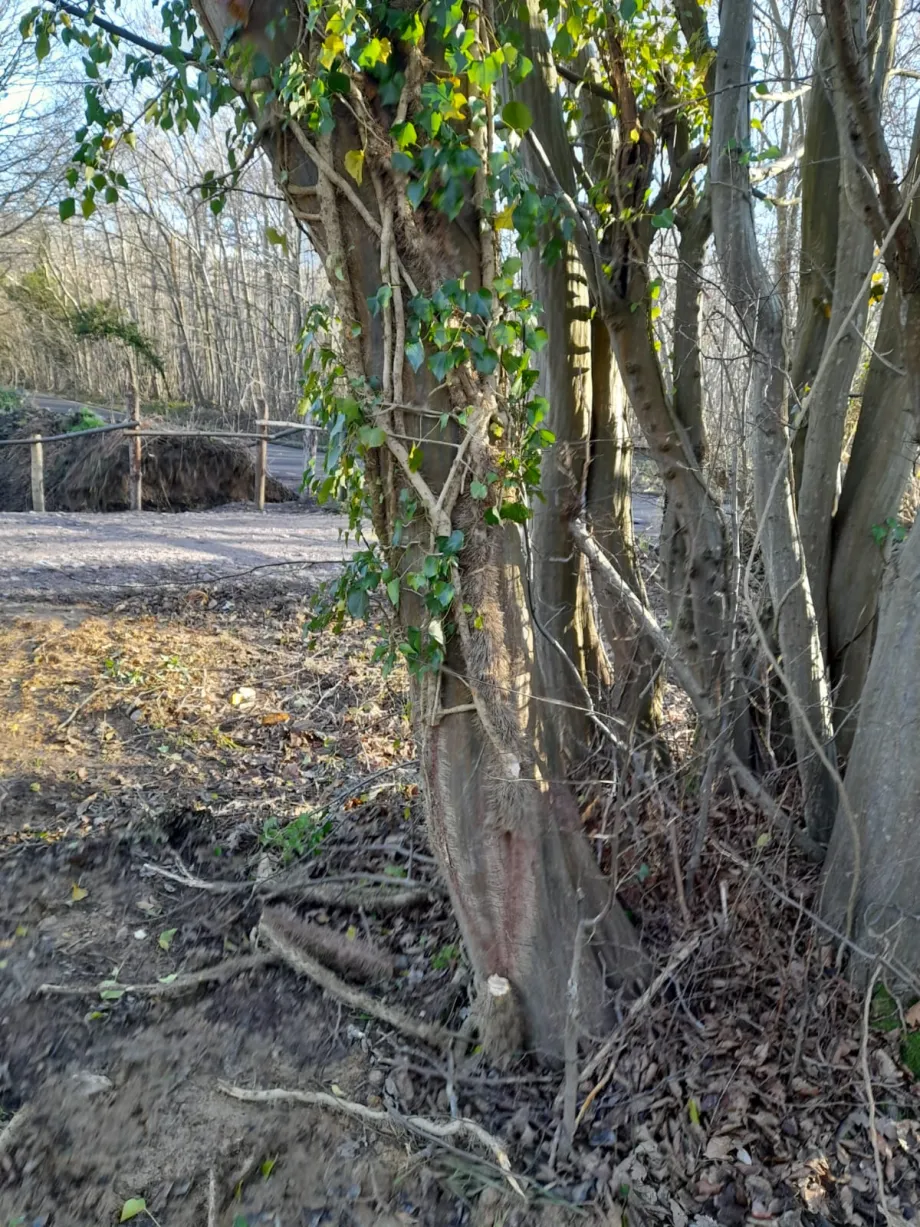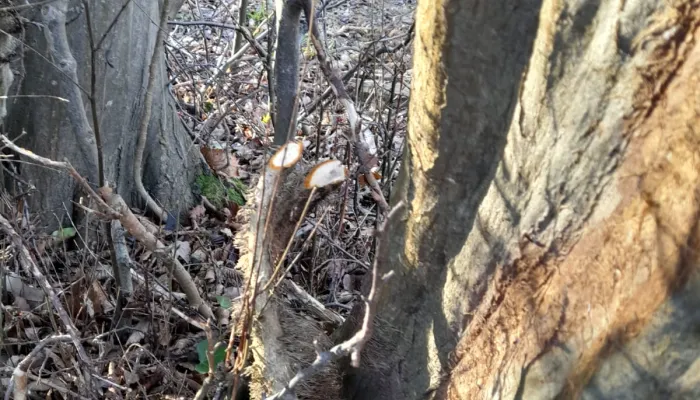
Kent Wildlife Trust’s Ian Rickards explains: “Ivy doesn’t harm trees; it merely uses them for support. It plays a vital role in sustaining biodiversity by offering shelter for bats, nesting sites for birds, and food for caterpillars. In the colder months, when other food sources are scarce, ivy berries provide an essential lifeline for birds and other wildlife. Its dense foliage offers a year-round refuge for insects and pollinators.”
Beyond its role in providing shelter and sustenance, ivy is also a key player in carbon capture, helping to absorb CO2 from the atmosphere. Its evergreen nature makes it an excellent source of ground cover, preventing soil erosion and maintaining healthy soil ecosystems. The plant also serves as a valuable nectar source for pollinators such as bees, butterflies, and hoverflies, particularly in late autumn when other flowering plants have faded. By supporting these pollinators, ivy contributes to broader ecosystem stability and food production.
Ian Rickards added: “Ivy tends to flourish on dying trees, not because it is killing them, but because the tree’s declining canopy allows more light in, enabling ivy to grow more vigorously. It is a misunderstood nature hero, and we urge people to let it be.”
It remains unclear whether the ivy removal at East Blean has been the work of well-meaning but misinformed individuals fearing it is harmful to trees, or whether it has been harvested for decorative purposes. However, Kent Wildlife Trust hopes that by dispelling myths about this misunderstood plant, people will recognise its importance and leave it undisturbed in the charity’s reserves.
Those wishing to support the Trust practical conservation work can do so by joining one of the many volunteer task days, to find out more, check the website.

